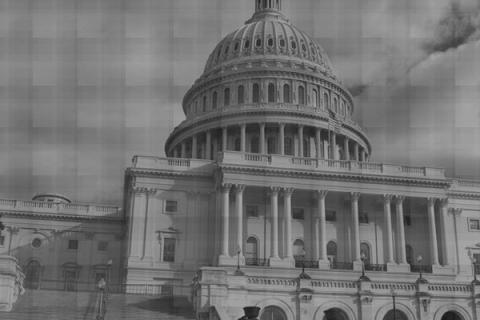The California High-Speed Rail Authority recently released a report saying their proposed plan to put a tunnel underneath Diridon Station in San Jose is not possible. The soil is poor with high amounts of groundwater. Plus, a tunnel would require buying more property than an elevated system, and would thus cost substantially more. This means the only alternative is to build huge elevated tracks. As you might imagine, this possibility was received less than enthusiastically by many San Jose residents.
Such a gargantuan structure would take years to build, with considerable amounts of noise and disruption of traffic. Plus, when completed, it would dominate the view of the city, perhaps overwhelming it.
Oddly, while CHSRA says the tunnel isn't feasible because of soil conditions, a BART tunnel is planned that would intersect the now-doubtful high speed rail tunnel at Diridon Station. Why the BART tunnel is feasible while a HSR tunnel isn't is unclear, especially since they would cross. A new ballpark is also planned for the same area, adding to the construction confusion.
The Silicon Valley Leadership Group has drawn up a plan for HSR in San Jose that mixes elevated and ground-level tracks, and attempts to use art to improve its appearance and blend with neighborhoods. But ground-level tracks also have serious challenges. Land on both sides of them would have to be seized, with resultant loss of homes and businesses. Street crossings need to be carefully thought-out and built. Remember, these trains can do 200 mph. There cannot be even the remotest possibility that an impatient, errant driver could drive around the crossing arms and get hit by a train. Such an accident could be catastrophic. Of course, considerable land would also need to be taken to build an elevated system. But at least you could put something under it, like roads and storage facilities (like often found under elevated freeways.)
Several San Jose city council members say all these plans may soon be irrelevant. The proposed budget for HSR in California is now nearly $100 billion, which is triple the original estimate. Much of the funding was assumed to be coming from the federal government, but the possibility of that money is now gone. Sacramento is no mood to pony up tens of billions either, assuming it had the money to spare, which it doesn't.
Kings County is suing to block Prop 1A money from being used on the Central Valley leg, saying it would not be electrified at first and that this violates the proposition. Some say this isn't a valid point, but a determined county could certainly keep the lawsuits going for years regardless. There is plenty of other serious opposition to HSR in the Central Valley too.
A Superior Court judge ruled on Nov. 11 for the second time that CHSRA did not provide an adequate environmental impact report for the Peninsula corridor. A lawyer for a group opposing HSR said "In rejecting the EIR, the court has upheld the principle that significant project impacts cannot be swept under the rug for later consideration, after the key decisions have already been made." More than anything, this seems the core of the problem with HSR, that and the inescapable fact that it simply does not have the money to build even part of it, the government won't give more, and private investors aren't interested.
